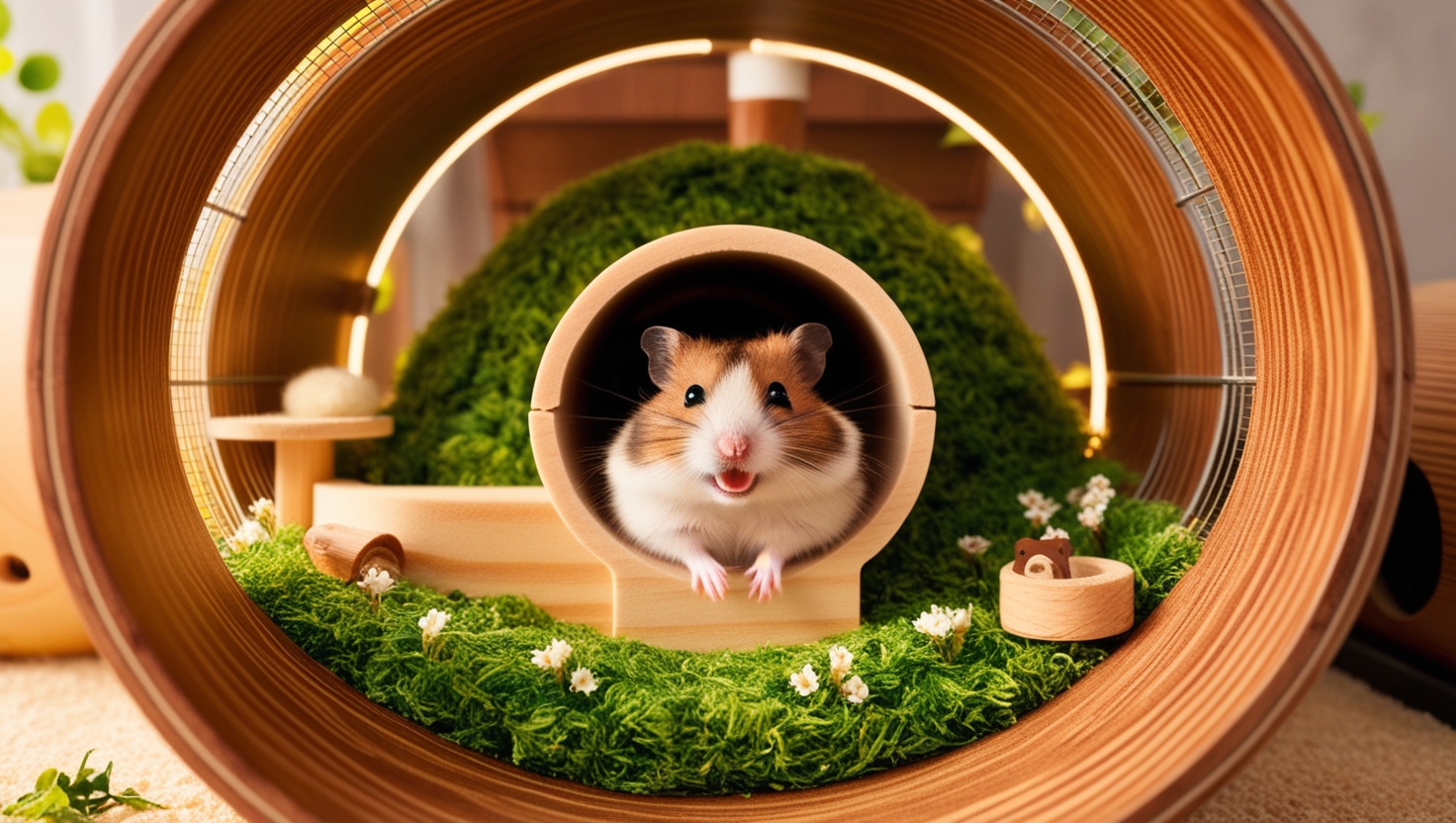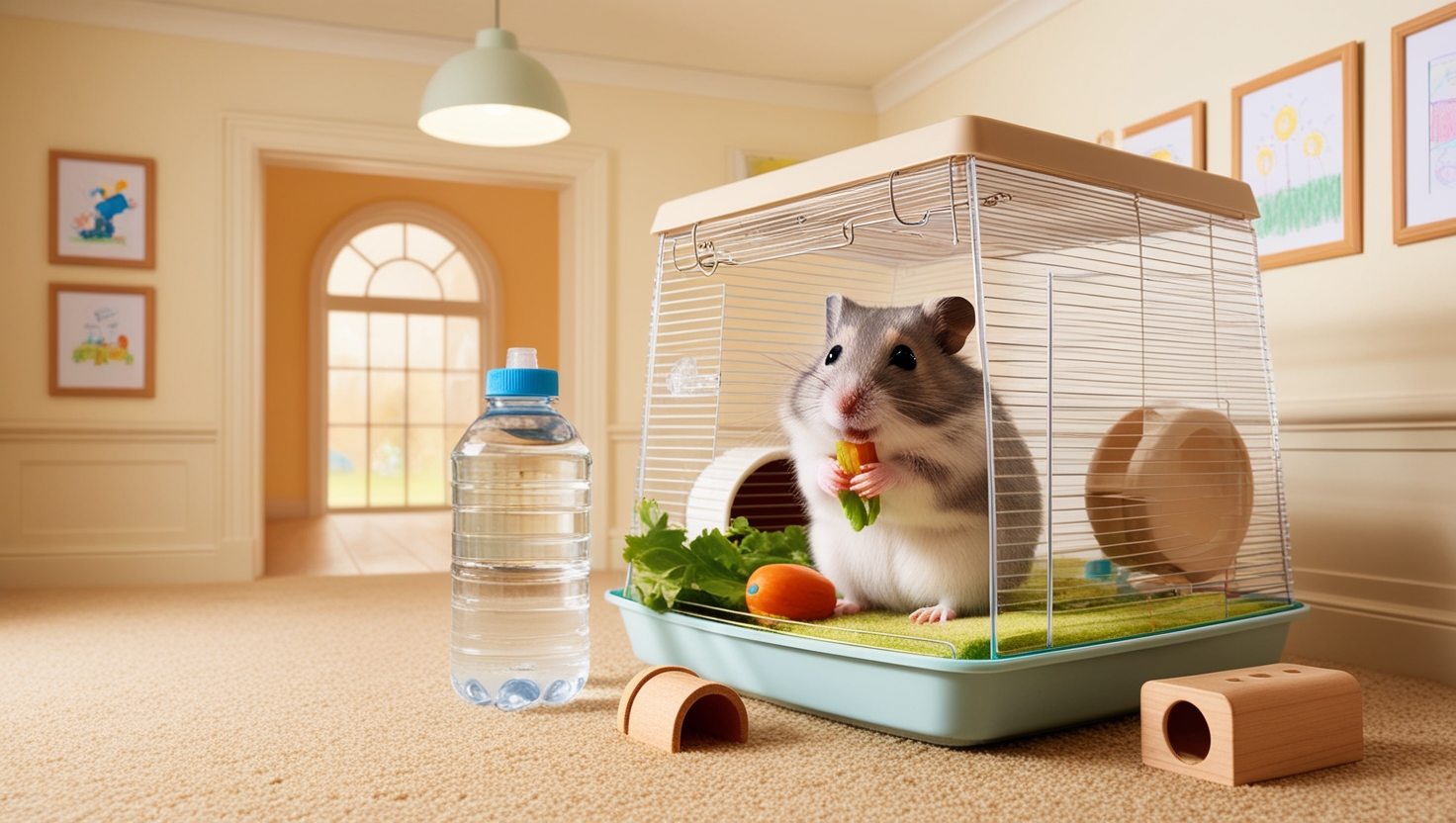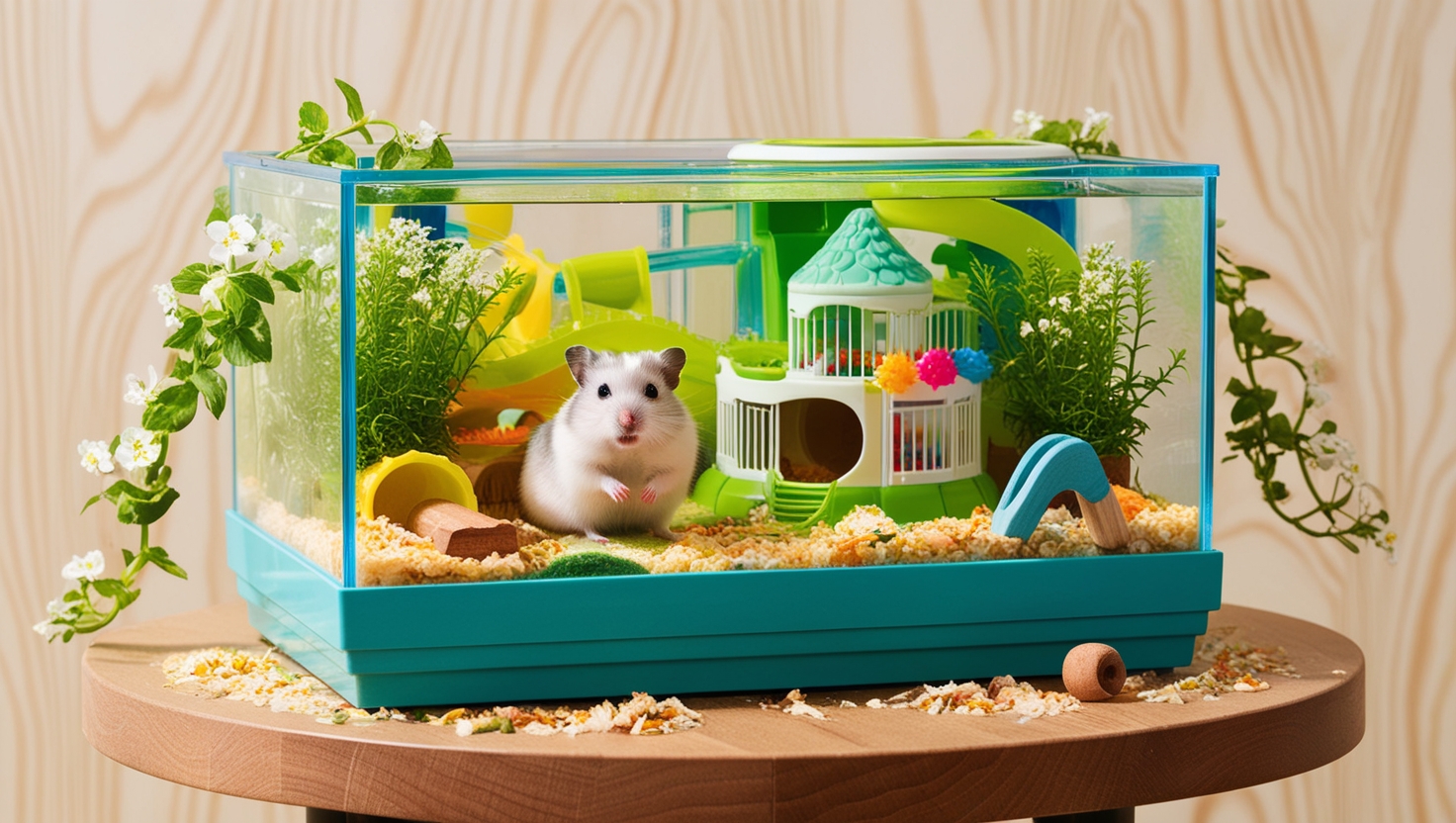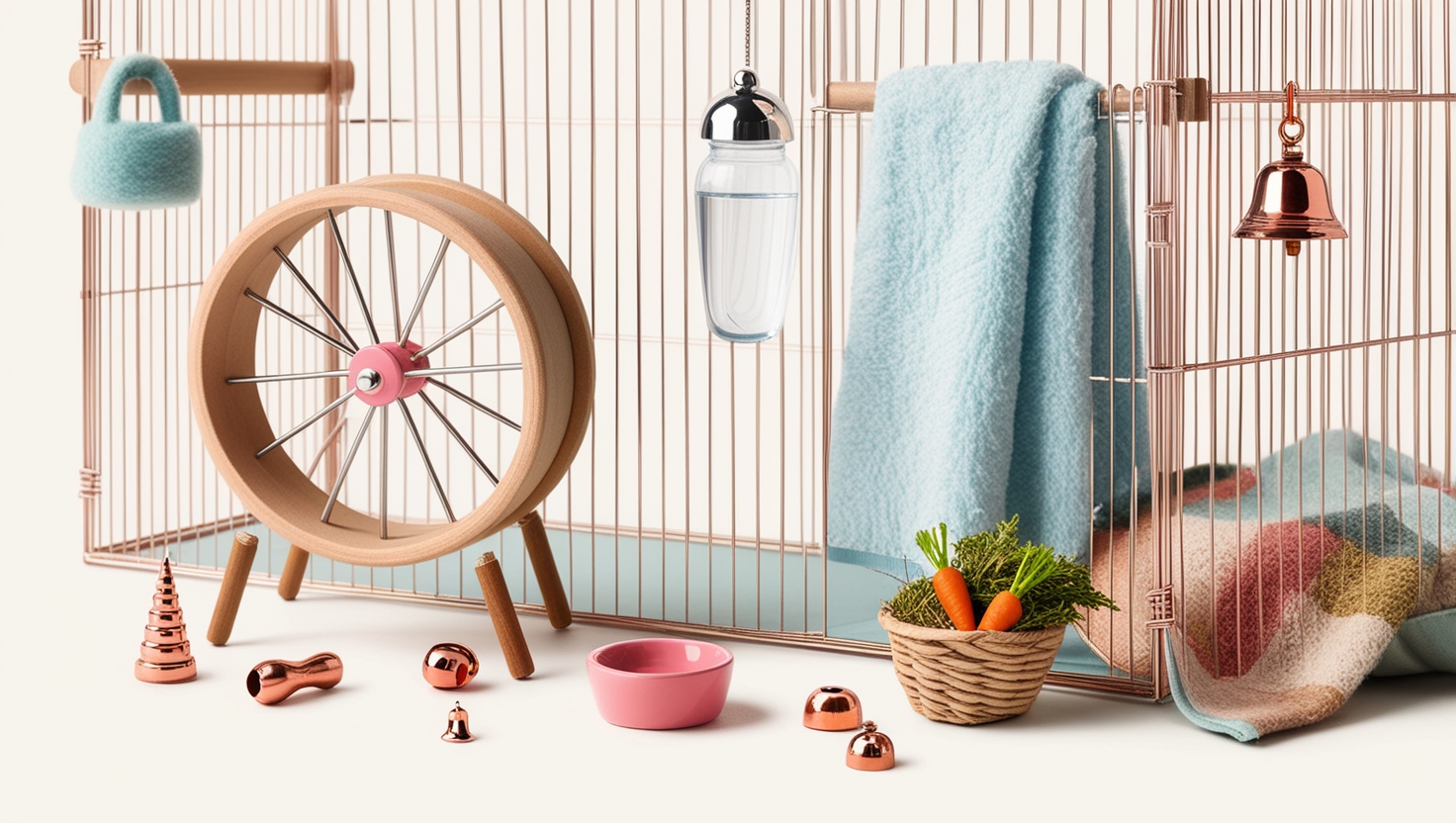So you’re thinking about welcoming a cuddly hamster into your life? That’s fantastic! Hamsters are incredibly entertaining and low-maintenance companions. But before you rush out to the pet store, let’s talk about setting up the perfect hamster home – because the right cage size can make all the difference in your furry friend’s happiness and well-being.
Hamster Cage Size: Why It Matters
Imagine being stuck in a cramped room with little space to move around – it wouldn’t be much fun, right? Well, hamsters feel the same way. In the wild, these tiny adventurers can cover impressive distances, foraging for food and exploring their surroundings. A spacious cage allows your hamster to engage in natural behaviors like burrowing, climbing, and exercising, leading to a happier and healthier pet.
Debunking the Myth of the 10-Gallon Tank
While many pet stores still sell 10-gallon tanks as hamster cages, they are simply too small to provide adequate space. The Humane Society recommends a minimum cage size of 24 inches long and 12 inches wide. And remember, bigger is always better when it comes to hamster real estate!
“A spacious cage allows for more environmental enrichment,” explains Dr. Lisa Jones, a veterinarian specializing in small animal care. “This means you can provide your hamster with a wider variety of toys, hideouts, and activities, keeping them mentally stimulated and preventing boredom.”
Recommended Hamster Cage Sizes
To ensure your hamster enjoys a fulfilling life, aim for the following cage sizes:
- Syrian Hamsters: As the largest hamster species, Syrians need a spacious home. A minimum of 450 square inches of floor space is ideal, with a length of at least 30 inches.
- Dwarf Hamsters (Campbell’s, Winter White, Roborovski): While smaller in size, these active hamsters still need ample space. Aim for a minimum of 400 square inches of floor space.
Remember, these are just minimum recommendations. If you have the space, providing an even larger cage is always a great idea.
Signs Your Hamster’s Cage Might Be Too Small
- Bar Chewing: Constant bar chewing can be a sign of stress and boredom, often indicating a need for more space.
- Escape Attempts: Hamsters are notorious escape artists, but frequent attempts to break free from their cage might mean they’re craving more room to roam.
- Aggression: While not always directly related to cage size, increased aggression can sometimes be a symptom of stress caused by a cramped living environment.
Creating a Hamster Paradise: Beyond Cage Size
Choosing the right cage size is crucial, but creating a stimulating environment is equally important. Here’s how:
- Provide Ample Bedding: Hamsters love to burrow, so offer a thick layer of safe bedding material like aspen shavings.
- Invest in a Suitable Wheel: A sturdy wheel is essential for exercise. Make sure it’s the right size for your hamster species to prevent back problems.
- Offer Hiding Spots: Hamsters are prey animals and need safe spaces to retreat to. Hideouts, tunnels, and houses provide security and comfort.
- Enrichment is Key: Keep your hamster entertained and mentally engaged with chew toys, foraging toys, and climbing accessories.
The Joy of a Happy Hamster
Providing your hamster with a spacious and stimulating environment is one of the most rewarding aspects of hamster ownership. Watching your little buddy thrive in a comfortable and enriching home will bring you endless joy.
So, go ahead and spoil your hamster with a spacious cage and plenty of love! They’ll thank you for it with adorable antics and a lifetime of furry companionship.







